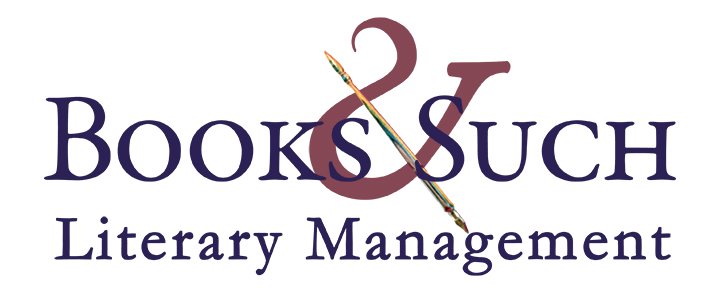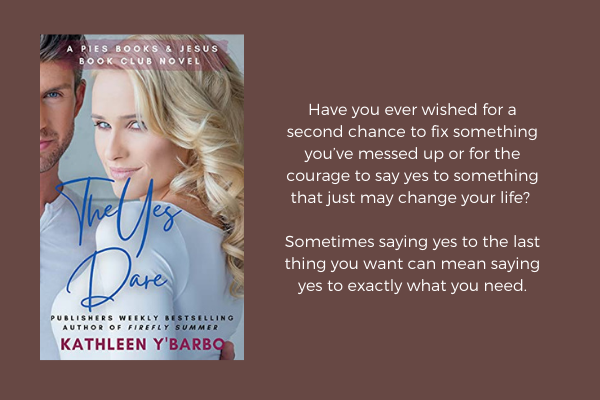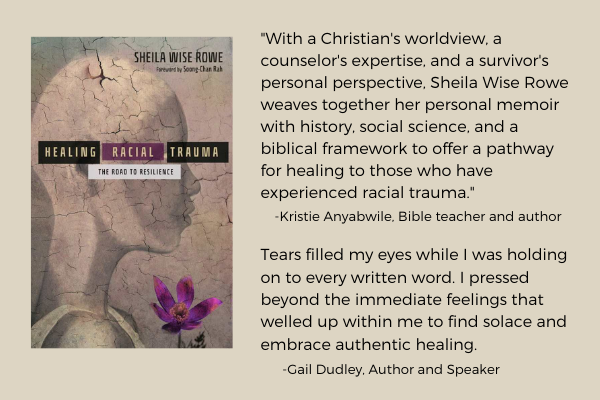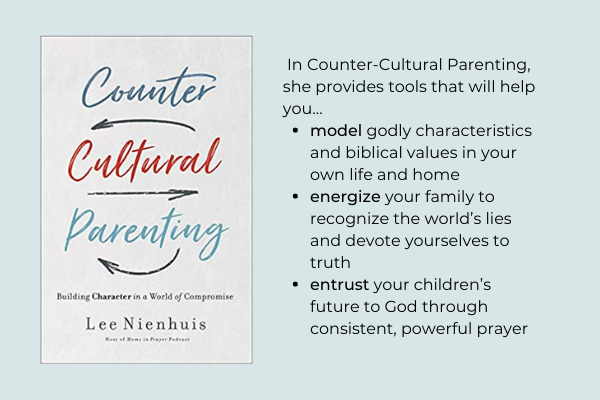While Amazon or other online retailers can deliver our books in one or two days, there is one experience that online retailers will never be able to deliver: the thrill of flipping our wrist to see the back cover.
When you’re writing a query or developing a book proposal, the back cover of your comparable books can offer many treasures. Like treasure, information gleaned from comparable back covers can enrich your content, increase the value to your reader, and equip you to write a more successful book.
In addition to addressing three back cover treasures, I’ve provided examples from our Books & Such clients along with action steps that you can take.
- BACK COVER TREASURE #1: SPICING UP YOUR NOVEL’S HOOK OR STRENGTHENING YOUR NONFICTION USP (Unique Selling Proposition)
When you flip over a book, where is the first place that you tend to look? Right at the top! Often in bold print, the two or three lines at the top are written with a “This-is-our-best-shot-to-convince-you-to-buy-this-book” approach. This is the same kind of approach that a literary agent is looking for when we open your query or look at the description in your proposal. Agents love it when an author can explain his or her book in one or two powerful sentences! (This is also called your hook.)
Top copy emphasizes one or more of the following:
- The novel’s intriguing plot;
- A universal but unique felt-needs topic or game-changing framework;
- An impressive outcome, like previous books sold;
- An endorsement from a top influencer that would immediately boost a potential reader’s interest. #Oprah
Since a reader’s attention span is only a few seconds long and that reader is surrounded by thousands of other options in a store (or millions online), the author and publisher know that top copy must create enough momentum to motivate the reader to scan the rest of the back cover.
Here is an example of the top copy of Books & Such author Kathleen Y’Barbo’s recent book, The Yes Dare. After reading the intriguing premise a few weeks ago, I bought it and read it on vacation last week. Loved it…also, I wrote a review. #authorslovereviews
ACTION STEP: Gather three to five comparable book back covers or print the back cover description from an online retailer. Highlight the top copy on each comparable and make note of which one of the four elements above are featured. Then, put on your positive-thinking mental glasses. Consider how you can fine-tune your project’s summary into two or three sentences that pack an attention-grabbing punch.
- BACK COVER TREASURE #2: ENDORSEMENTS
Endorsements are social proof that a reader can have confidence in the author and the book. Endorsements aren’t just a “read this book” appeal, but offer these potential revelations as well:
- Endorsers convey to a potential reader what they learned, how they felt and, depending on the genre, how the book helped them to see or live differently.
- Endorsers can identify and brag about plot themes or frameworks that push a potential reader from the category of “interested” to “SOLD!”
As you read the endorsements on the back of your comparable covers, make note of what stands out to each endorser. How did they connect with the book and how did it impact their lives? This important information may reveal an attractive niche that your project can fill OR illuminate a missing element that you may need to include.
Here are two endorsements for my client Sheila Wise Rowe’s multi-award winning book, Healing Racial Trauma. Read the endorsements and identify what the takeaways were that these influencers cared about.
ACTION STEP: Read the endorsements on the back cover of your comparable books. Then, underline the features that each endorser elevates in his or her statement. Make note if there are certain outcomes, trends, or themes. Evaluate any adjustments that you may need to make in providing that type of benefit to readers.
- BACK COVER TREASURE #3: VALUE STATEMENTS (NONFICTION)
You may have noticed this feature on the back of certain nonfiction books, particularly Christian Living books. Value statements are guarantees that an author makes to his or her reader. By identifying how the book will address a felt need and provide application steps, the author assures the reader that the time and effort spent in reading the book will produce success or other desired outcomes.
Value statements provide clarity for the reader, and they can provide clarity for you during the writing process. These statements keep you focused on writing toward hope and transformation, which is the reason your reader would buy your book.
Here is example of value statements from my client, Lee Nienhuis’ recent book, Counter-Cultural Parenting:
ACTION STEP: If you are writing a nonfiction book, create three to five value statements that address the felt needs, action steps, and outcomes that you want your future reader to experience.
JOIN TODAY’S CONVERSATION: Which one of these three “treasures” creates a unique opportunity for you to fine-tune your query or proposal? If you’ve used comparable back covers for research, what other helpful treasures have you discovered?




 Writer Hacks
Writer Hacks
Here’s how my back-cover hook
will influence the chooser:
“If you do not buy this book,
you will remain a loser. ”
It’s all about ‘the dating game’,
and endorsements are a promo,
so on back cover is the name
of ex-gov Andrew Cuomo.
And there’s value, loads and loads
to polish up your life;
you’ll stand out above the toads
who seek to find a wife;
yes, my friend, you will walk tall
when you buy “The New Neanderthal.”
Andrew, I’m sending a long distance high five for a a sharp poetic political commentary today!
Barb, what a wealth of information you have condensed into your post. Thanks so much!
I appreciate your comment, Virginia. I’m so pleased that today’s post was helpful to you. All the best!
Great info, Barb! When you were talking about the top copy, I realized that my handy dandy hook was too long to be used as top copy. I think that this:
“An eight-week-old Newfoundland puppy is the same size as a full-grown Scottish terrier. Most people can tell the difference … almost every time.”
Should really be this: “The puppy was 5X bigger than expected!”
The exercise definitely helped me get down to the bare bones (ha ha, bones, dog bones … sorry) of my story. Thanks!
Fun example, Kristen – and that’s a BIG PUPPY! Thanks for sharing your example with us. Happy writing!
Yes, it is a big puppy! A Newfoundland puppy at 8 weeks is 20 to 25 pounds! A Scottish terrier pup, 4 to 5 pounds! Princess Leia Freyja was a dainty 20lbs when we brought her home, ha!
Barb, wow, this post is packed with great, practical tips. I am not very good at writing back cover copy, but I gleaned great steps I can (and will) take to make mine more appealing to potential readers. Thank you for keeping this so practical!
That’s wonderful, Jeanne! Thanks for stopping by the Books & Such blog today. I’m glad that you’ve got some action steps that you are excited about!